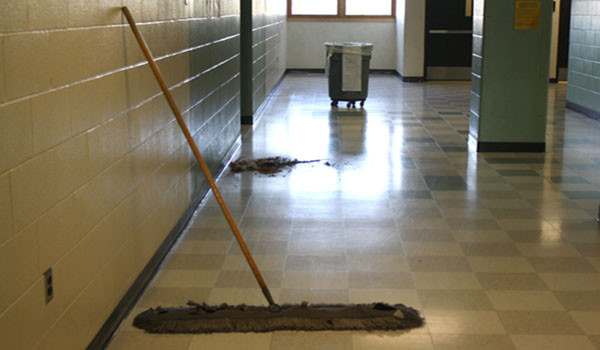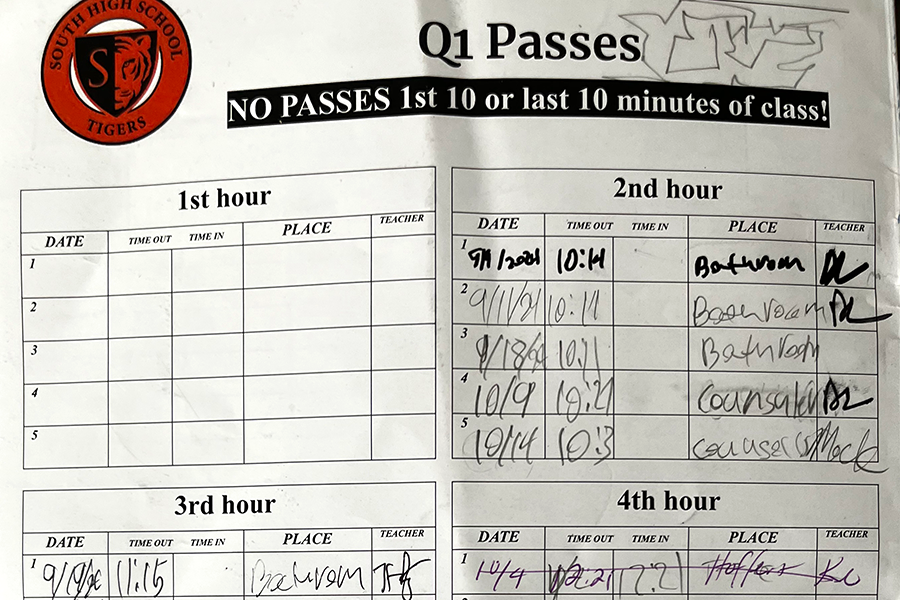Last year, South High was kept clean thanks to eleven engineers. This year, South only has nine engineers working shorter hours, meaning they have more work to do in less time.
“When I was hired 20 years ago my job description was to provide a clean, healthy environment [for students]. Human Resources took that away from us,” said Assistant Engineer Fred Lindstrom.
Though the engineers have to cover all 280 thousand square feet of South, they make the hallways, common areas, and stairways their priorities. The area each engineer has to cover is now almost doubled, said engineer Fred Bennett. Two of the nine remaining engineers are on leave, one of them being the head engineer.
“When we’re short like that we get hammered,” said Bennett. “It’s unreasonable to think that we can get it to look presentable.” The problem, he says, is that schools keep getting bigger, and in his opinion the number of engineers on staff should be proportionate to the size of the student body.
Daily classroom cleanings have slowly been changed to whenever engineers have the time. “We try and take a lunch [break] and we get calls,” said Bennett. Instead of working 8 hours a day, engineers now work 7.5 hours.
Principal Cecilia Saddler said that South gets used more than a lot of other schools in the city. Not only does South have a large student population, there are many extra-curricular activities in the evenings, and unlike other schools in the district, it holds community education classes.
Saddler said that the amount of engineer cuts limit the amount of events held at South because it depends on how many engineers are available.
The engineers’ hours and staff were cut district-wide, due to budget cuts necessary because of low enrollment, the economy, and lack of support from the state, according to Stan Alleyne, communications director for the Minneapolis school district. He says the Minneapolis school district isn’t alone, and that a lot of urban school districts face the same challenges.
The engineering department wasn’t the only department that faced budget cuts. According to Alleyne, every department lost some funding.
“We had a lot of tough choices,” Alleyne said. One of the choices they had to make was between just cutting hours and laying off more engineers than they did. “We feel like we’ve saved jobs dong this.”
The engineers’ insurance rate is affected too. Because of the cuts, their rate has gone up 12%. “It’s like there’s no light at the end of the tunnel” said Bennett.
“We have such a good engineer staff,” said Dagny Waldeland. It is because of the engineers that South is not freezing anymore, reminds Saddler.








